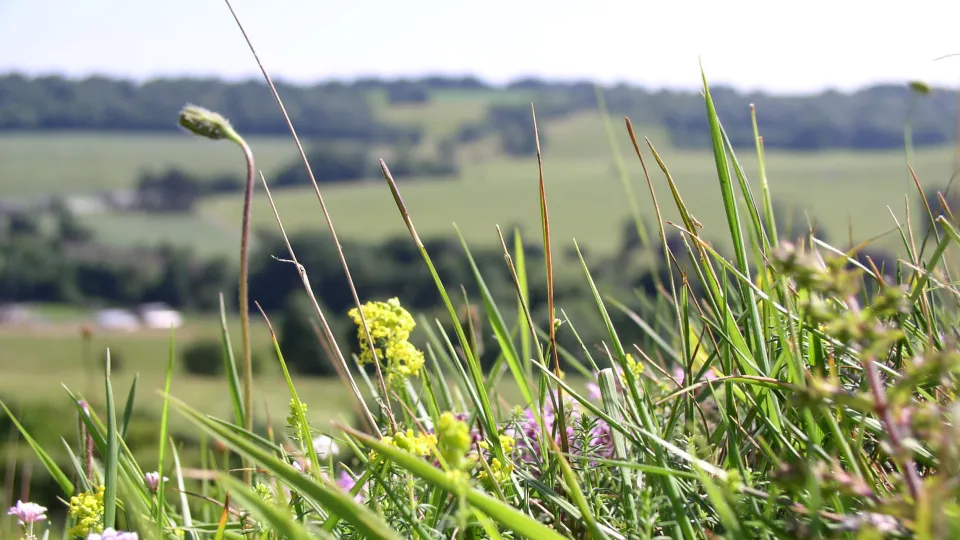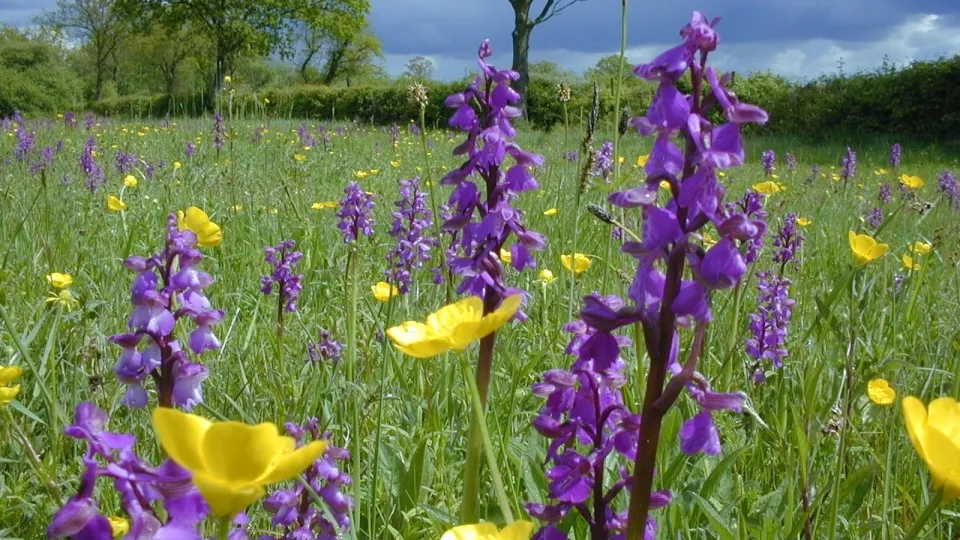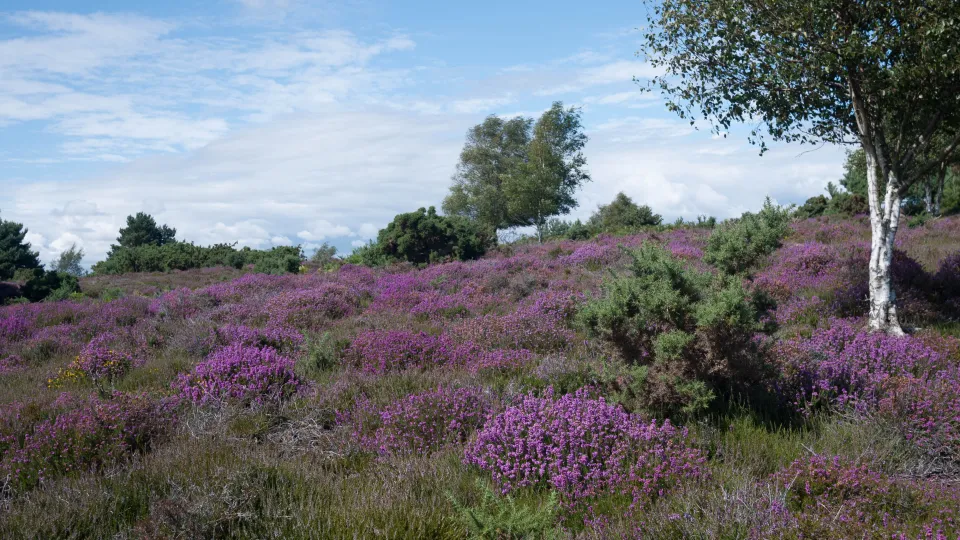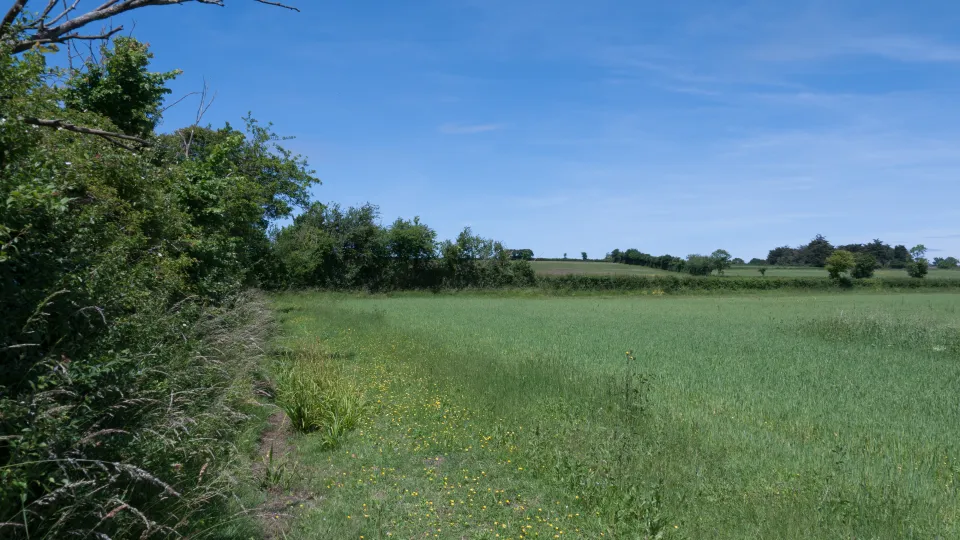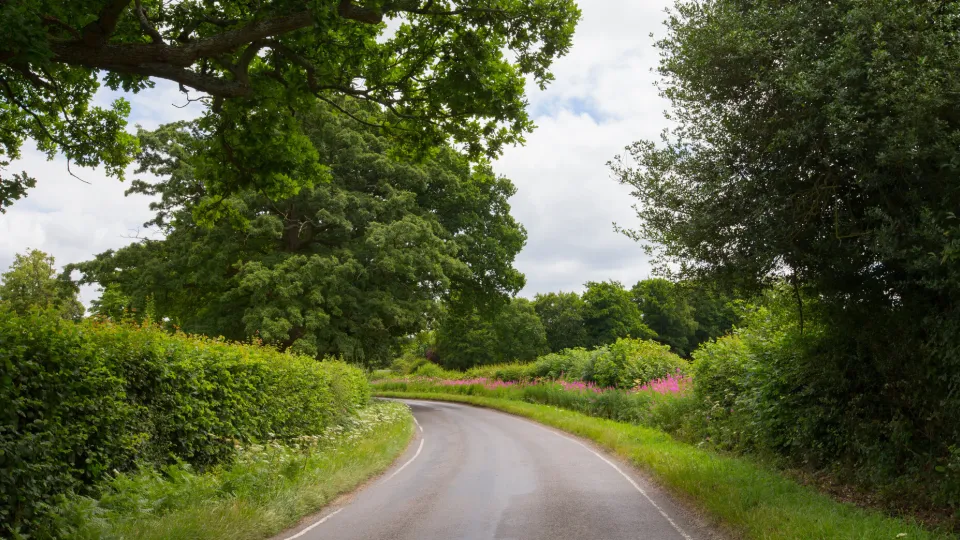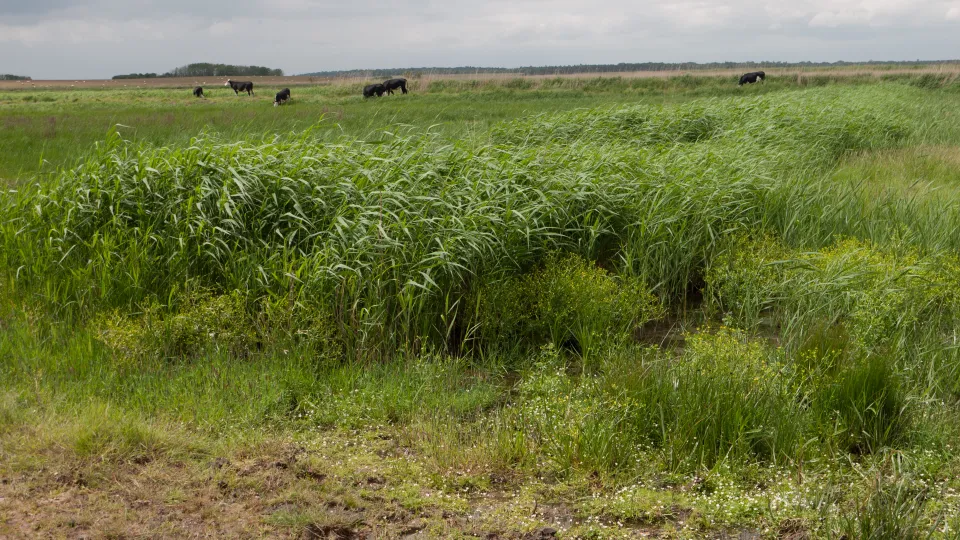
Coastal and floodplain grazing marsh
Enormous flocks of geese, ducks and swans swirl down from wide skies to drop onto the flat, open expanses of flooded grazing marshes in winter. In spring, lapwing tumble overhead and the soft, damp ground speckled with cuckooflowers provides excellent habitat for waders probing for prey in the damp soil. By summer, when the ground is drier, some marshes are cut for hay or silage, but the ditches remain wet and come alive with dragonflies and other insects.

